It’s one thing to say your company is serious about its diversity, equity and inclusion efforts; it’s quite another to be able to demonstrate accountability and show the results of those efforts.
Josh Bersin, the well-known HR expert in workplace analysis, conducted research for the report Elevating Equity: The Real Story of Diversity and Inclusion, with Perceptyx, a global survey and people analytics company. According to the report, when it comes to DEI, “Roughly 80% of companies are just going through the motions and not holding themselves accountable.”
Here are some of the findings documented in the research report:
- 76% of companies report having no diversity or inclusion goals.
- 75% of companies do not have DEI included in the company’s leadership development or overall learning and development.
- 40% of companies view diversity as a way to mitigate legal, compliance or reputational risks, and HR is the enforcer.
- 32% of companies require some form of DEI training for employees; 34 percent offer manager training.
We really have to do better.
What does a diverse workforce look like?
Of diversity, equity and inclusion, diversity should be your first area of concern. Many people look at diversity merely as employing people of color, but it’s so much more. It’s all about understanding what diversity really means.
A diverse workforce includes:
- People of different races and cultures
- Multiple generations
- Equal representation of women and people of color
- Diverse gender identities
- LQBTQ+ representation
- Divergent religious/spiritual beliefs and practices
- Accommodations for people with disabilities
- People of different social statuses/backgrounds
Now let’s look at how to build a diversity plan and then make it happen.
Building a diversity plan
Building a diversity plan is an important first step in your company’s commitment to DEI. It starts with defining diversity and what that entails for successful implementation in your company. A diverse workplace includes people with various racial, ethnic, socioeconomic and cultural backgrounds along with different lifestyles, experiences and interests.
Here are some things to consider in building a strategic diversity plan:
- Examine current demographics in your workplace. Use the information in your HR system or conduct an anonymous self-identification survey. This will help to identify diversity gaps and areas that need improvement.
- Decide where you need to improve. Is your C-suite all white males (68% of executives are)? Is your workforce primarily millennials? Do women make less money for performing the same role as their male counterparts? These are areas where you may need to improve. Decide what’s most important and go from there. Maybe you need to hire or promote equally qualified and deserving women and/or people of color to executive roles traditionally held by White men. This would demonstrate that your company values diversity from the top down.
- Determine the diversity metrics you want to achieve with solid numbers to define success. One example might look like this, “We will increase our non-White population by 15% by December 31st this year.” Or, “We will add one woman and one person of color to our executive staff within the next 18 months.” Figure out where you need to go and develop a roadmap to get there.
- Work the plan. If you’re looking to recruit more non-White employees, try looking at professional associations for non-White people. You can also conduct job fairs at predominantly non-white colleges.
- Think about hiring a Chief Diversity Officer to provide oversight and direction on your DEI efforts.
- Review and reassess your action plan periodically to make sure you’re staying on track to achieve your goals. Re-evaluate your plan and survey employees to see if they are satisfied with the changes you’ve made.
One of the benefits of having a diverse workforce includes more effective collaboration. In fact, according to a Changeboard study, diverse teams collaborate up to 57% more effectively with their peers when compared to other, non-diverse teams. And a Deloitte article demonstrated that inclusive leadership improved team performance by 17% — a powerful competitive advantage.
Equity is not equality
Many people use equity and equality interchangeably. Or they believe that when speaking about workplace equity, the only thing that matters is pay equity. Although this is certainly a consideration in the equity discussion, it is certainly not the only one.
Let’s start with a definition of equity:
“Equity in the workplace is the idea that all employees are provided with fair and equal opportunities based on their individual needs. Equity recognizes that not all employees are afforded the same opportunities and addresses the imbalance of opportunities available to them.”
Not every employee comes from the same socioeconomic background or has the same access to opportunities in life. Equity in the workplace understands this and the fact that everyone needs to be on the same footing to take advantage of the same workplace opportunities. Equity then means leveling the playing field so that every employee has the same opportunity to thrive and succeed.
So maybe equity is a mentorship program for employees who are immigrants or who come from different cultural backgrounds. While some employees come from more privileged upbringings and are Ivy League educated, others come from more austere backgrounds with only a high school diploma or an associate degree. These employees may need specialized training or coaching. It’s all about setting your employees up equally for success.
Of course, pay equity is also critical and job descriptions should contain salary ranges for jobs based on skills necessary for the role. While there has been some progress in this area, and some states now even require pay ranges in job descriptions, Pew Research Center reports that in 2022, White women earn an average of $0.82 for every dollar White men earn. And Black men earn $0.87 for every dollar White men earn, while Black women earn only $0.64 for every dollar White, non-Hispanic men earn.
The stigma around salary discussions with colleagues is slowly ending. The sharing of salary information allows employees to see if they are making comparable salaries to others in similar roles with similar experiences. In this way, you can address and rectify inequities.
Inclusion is belonging
Diversity without inclusion leads to turnover. You can mix people together and create a melting pot in your company, but without inclusion, no one feels like they truly belong. According to Deloitte research, inclusive organizations are:
- 2x as likely to exceed their financial goals
- 3x more likely to be high performing
- 6x more likely to be agile and innovative
- 8x more likely to achieve better business outcomes
Inclusive workplaces help employees feel valued, safe, empowered and respected, no matter what their individual traits or makeup are. People feel safe bringing their authentic selves to work, without fear of ridicule, bullying or harassment. When senior leaders and middle managers demonstrate and foster inclusiveness, workers feel psychologically and emotionally safe, respected and inspired. And this in turn results in better decisions, team collaboration and team performance. All of this helps a company to achieve growth and profitability, and creates a culture where people want to work and are happy.
Progress in these areas takes commitment to a DEI strategy. It also takes constant monitoring of what’s working and continuous reassessment of DEI goals. Yearly employee surveys and a reduction in turnover will tell you what’s working and what isn’t. DEI is not a “set it and forget it” strategy. It takes leadership, responsibility and accountability to turn the tide and create an environment where everyone thrives because of, not in spite of, their differences.
Looking for talented employees? Ready to start a new position? We’re AtWork for YOU! Visit AtWork.com/Locations to find an office near you.





